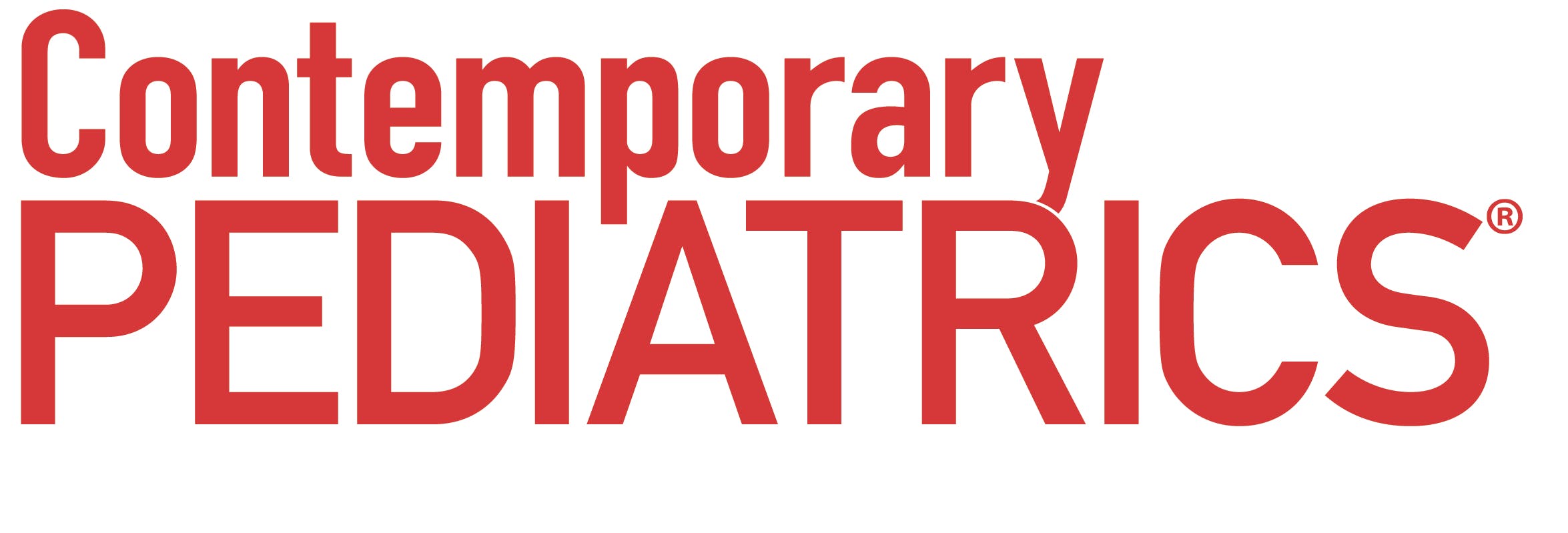LAIV will return for next flu season
A change in the H1N1 component may have solved efficacy problems from prior formulations of the intranasal vaccine.
Chris Ambrose, MD, MBA

FluMist will return to the pediatrician’s arsenal next year, thanks to a vote last month by the Centers for Disease Control and Prevention’s (CDC’s) Advisory Committee on Immunization Practices (ACIP) to reinstate the live-attenuated influenza vaccine (LAIV).
ACIP members voted in favor of reinstating the recommendation for LAIV at its Feb. 21 meeting, and also voted unanimously in favor of including the formulation in the Vaccines for Children program for the 2018-19 flu season.
The LAIV-an intranasal vaccine marketed as FluMist-was popular among pediatric patients due to ease of administration and as an alternative to the traditional injected vaccine. However, reduced effectiveness in recent years led ACIP and numerous stakeholders to recommend against the use of this formulation since 2016. Despite recommendations against the LAIV formulation in the United States, FluMist remained available and recommended for use in Canada and Europe, according to AstraZeneca.
What happened?
Chris Ambrose, MD, MBA, franchise head of US Medical Affairs, Respiratory for AstraZeneca says the company began investigating the cause of the vaccine’s decreasing performance in 2014, and noted that 1 of the strains in LAIV, the H1N1 strain, did not replicate as well after 2009.
“As a result, we enhanced our strain selection process ahead of the 2017-18 influenza season, and a new H1N1 LAIV strain with better replication in laboratory tests was selected and included in the vaccine,” Ambrose says. “A randomized clinical study evaluating post-vaccination antibody responses in US children demonstrated that the new 2017-18 H1N1 LAIV strain performed significantly better than the 2015-16 H1N1 LAIV strain that was associated with reduced effectiveness. Importantly, the antibody responses induced by the new H1N1 LAIV strain were comparable to responses observed with a highly effective H1N1 LAIV strain included in the vaccine before the 2009 influenza pandemic. The results of the study affirm that we have successfully improved our strain selection process, which we will apply to all strains in future seasons.”
The H1N1 component in 2015-16 (A/Bolivia strain) in particular was ineffective in the LAIV, but that component has been replaced (with A/Slovenia strain) in new formulations of the vaccine, according to AstraZeneca. As to how the new formulation will perform in comparison to its predecessor, there won’t be any data until after the 2018-19 flu season but a study of 200 children aged 2 to 4 years found responses to the new formulation were similar to those in earlier, highly effective LAIV formulations. The study compared administration of the 2015-16 FluMist formulation with the 2017-18 formulation, and antibody levels to the H1N1 strain increased 4-fold in 23% of participants after the first dose of the 2017-18 formulation compared to just 5% with the 2015-16 formulation. After the second dose, antibody rise was 45% in children who received the new formulation compared to 12% who received the old formulation.
Data supported reinstatement
At the ACIP meeting, CDC presented studies evaluating the effectiveness of LAIV, as well as traditional injected vaccines, in addition to data on how pulling the LAIV vaccine impacted vaccination rates. According to a report published in Pediatrics in October 2017, flu vaccination rates did not change after FluMist was discontinued-at least not in Oregon.1 The study evaluated state-wide data comparing vaccination rates in children during the 2015-16 flu season and the 2016-17 season. While there were no significant changes noted in the overall vaccination rates from 1 year to the next, the researchers did note that children who had previously received a flu shot were more likely to return for 1 in the second year of the study, moreso than children who had previously received the intranasal vaccine.
Another study, involving more than 12,000 children in Pennsylvania, found different results. In that study, researchers found a decline in the end-of-season vaccination rates among children once the LAIV was no longer available.2
Administration for the reintroduced LAIV vaccine will be the same as before the change in formulation. Individuals aged 2 to 49 years who are healthy, non-pregnant, and not immunocompromised may receive the LAIV formulation, although 2 doses may be required in children aged younger than9 years based on previous influenza vaccination status.
References:
1. Robison SG, Dunn AG, Richards DL, Leman RF. Changes in influenza vaccination rates after withdrawal of live vaccine. Pediatrics. 2017;140(5):e20170516.
2. Fogel B, Hicks S. Influenza vaccination rates in children decline when the live attenuated influenza vaccine is not recommended. Vaccine. 2017;35(39):5278-5282.

















